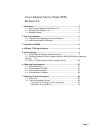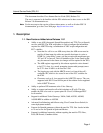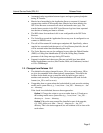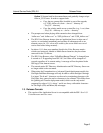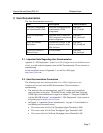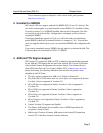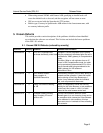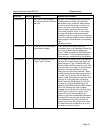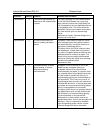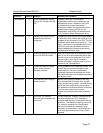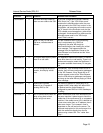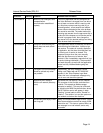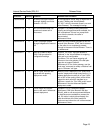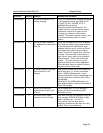Special offers from our partners!

Find Replacement BBQ Parts for 20,308 Models. Repair your BBQ today.

Internet Service Node (ISN) 2.0 Release Notes
Page 4
This document describes Cisco Internet Service Node (ISN), Release 2.0.
The user is expected to be familiar with the ISN solution and to have access to the ISN
Release 2.0 documentation set.
Note: For the most up-to-date version of these release notes, as well as all other ISN 2.0
documentation, go to the Cisco Web page: http://www.cisco.com
1. Description
1.1. New Features Added since Release 1.0.1
• Ability to use ASR (Automatic Speech Recognition) and TTS (Text to Speech)
services with ISN. The ICM script editor is used to configure the information
required for ASR/TTS using a combination of VRU script configuration and
ECC variables.
o Note that if a call is to use ASR at any time, the ASR server must be
used for all data input; the caller may provide that input via voice or
DTMF. In “script editor” terms, you may not mix and match input type
“B” and “D” in one call. This is a limitation of the Voice Gateway that
may be removed in the future (no changes will be required in the ISN).
o The ASR engines supported by this release require the voice channel
to be G.711 ulaw. As a result, prompting (prerecorded prompts) must
be G.711 ulaw if ASR is to be used for a call.
o The logging tag used with the MRCP server is a form of the call’s
conference ID, which is also stored in one of the ECC variables for
the ICM.
o Characters such as ñ, é are passed to the ASR/TTS servers. They are
supported with ISN 2.0 and will be part of the solution if also supported
in the ASR/TTS server.
• Ability to perform IVR treatment at the Voice Gateway.
• Ability to connect and transfer calls which originate as IP calls. This also
enables the ISN to be used as a queue point for Cisco Call Manager/IPCC
local transfers.
• Support for additional Voice Gateways: 3640A, 3660, AS5350, AS5400,
AS5400 HPX in addition to AS5300.
• Advanced load balancing and failover using Cisco Content Server Switch (in
some deployment models)
• Support for Spanish grammars without the need for TTS. New locales include
es-es and es-mx for Spanish in Spain and Mexico.
• Support for additional currencies without requiring the need for TTS: Euro,
Peso, GB Pounds, Canadian dollars.





